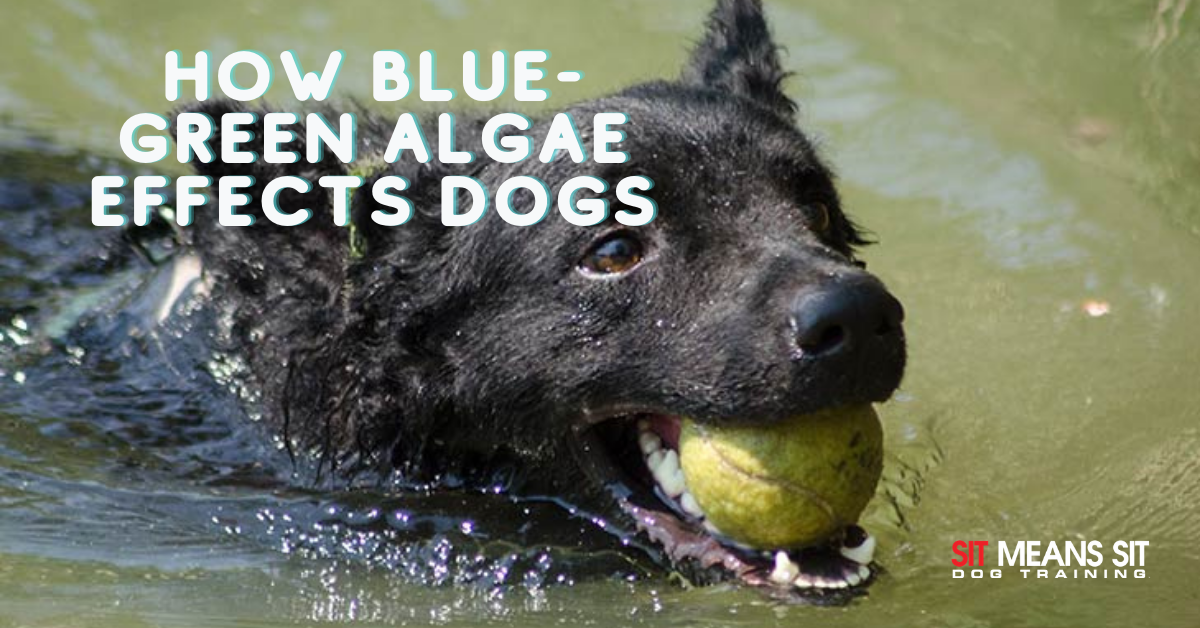
How Blue-Green Algae Effects Dogs
When it’s summer, we all love to go swimming with dogs in freshwater ponds and lakes. When playing in the water you can’t help but ingest water, but if it has blue-green algae make sure to keep your dog away.
Blue-Green Algae is actually a bacteria that is known as cyanobacteria. It isn’t visible to the naked eye, but gives the appearance of algae when it clumps together in bodies of water. It is most often found in non-flowing freshwater during hot seasons with little rainfall. It can as well grow in backyard pools and decorative ponds if not properly cleaned.
Blue-Green Algae can be harmful to dogs, and often fatal. It is often ingested by water ingestion, water intoxication, or licking the bacteria off their fur or paws.
Tips on Avoiding Blue-Green Algae
- Keep your dog leashed around bodies of water.
- Don’t let your dog drink from ponds or lakes.
- Harmful algae blooms – these can be blue, vibrant green, brown or red – can be mistaken for paint floating on water. Be aware the toxins aren’t always visible.
- Toxic algae most often stinks, and can produce a nauseating smell, however animals can be attracted to that smell.
Symptoms Your Dog May Have Ingested Blue-Green Algae
These symptoms can rise anywhere from 15 minutes to days after exposure.
- Diarrhea or vomiting
- Drooling
- Neurologic signs:
- Weakness
- Disorientation/Confusion
- Collapse/Unconsciousness
- Seizures
- Difficulty Breathing
If any of these signs occur, contact your vet immediately. If these symptoms can be caught early, your vet may be able to flush the toxins from your dog before they become completely affected.
